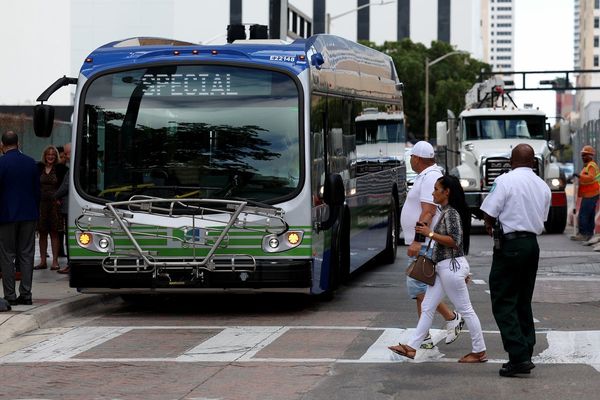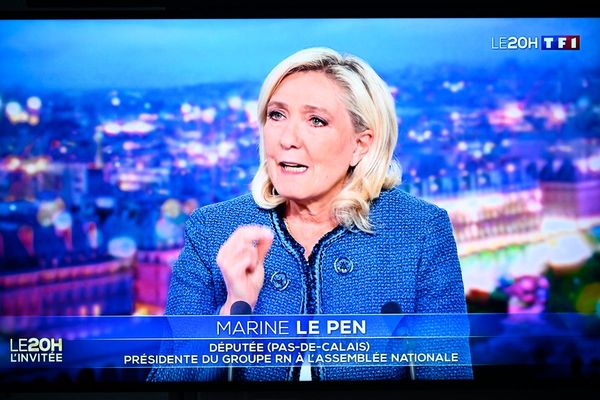
It comes as no surprise that President Joe Biden—who has reportedly ridden Amtrak trains over 8,000 times—supports pouring endless amounts of taxpayer money into the outdated, slow-moving system. In 2021, as part of the massive federal infrastructure law, the Biden administration gave Amtrak $66 billion, the largest government subsidy for passenger rail since the creation of Amtrak in 1971. But private companies, like Brightline in Florida, are trying to find profitable ways to bring passenger rail to the United States.
On September 22, Brightline opened service between Orlando and Miami. Topping out at 125 mph, it completes the trip in about three hours. For comparison, Amtrak takes roughly 6.5 hours to complete the same route, depending on the direction.
Brightline is the first privately funded intercity rail line in the U.S. in over 100 years, as well as the second-fastest train in the country (after Amtrak's Acela line in the Northeast). It may not be truly high-speed rail by the global definition, but it's certainly better than the region's 80 mph Amtrak alternative.
Michael Reininger, CEO of Brightline, says that passenger rail can make commercial sense under certain conditions—such as in Florida, where it connects two populous, tourist-friendly cities that are over 230 miles apart. At that distance, Reininger says, "it is too far to drive and too short to fly. You can approximate the time of flying significantly, improve the time of driving, and you can offer it at a price point that makes it an economic proposition."
In order to get the most out of $5 billion in private investments, Brightline had to be mindful of its bottom line—but others attempting to build high-speed rail in the U.S. don't seem to care how much they spend and have no shame in asking for more taxpayer money.
Perhaps the worst example is the California state government's high-speed rail project, which has turned into something so "foolish" that it's "almost a crime," according to Quentin L. Kopp, the former state senator who was crucial in rallying support for the original $10 billion bond measure to fund the project. The 520-mile railway between San Francisco and Los Angeles was supposed to be completed by 2020. But after eight years of construction, they've only started to lay track for a 170-mile stretch in the Central Valley. The project, which has received over $20 billion in state and federal subsidies, is now projected to cost over $128 billion. Brian Kelly, the CEO of the California High-Speed Rail Authority, says that spending nearly $1.8 million per day was not "enough" and that the project's daily burn rate is now closer to $3 million (with very little to show for it).
Yet that hasn't stopped the federal government from recently giving the doomed project an additional $200 million.
Florida's Brightline offers a blueprint for a way passenger rail can actually work in the U.S. without massive federal subsidies. Only time will tell if its business model can be replicated in other states and bring competition and choice to the railway market.
The post This Company Is Running a High-Speed Train in Florida—Without Subsidies appeared first on Reason.com.







